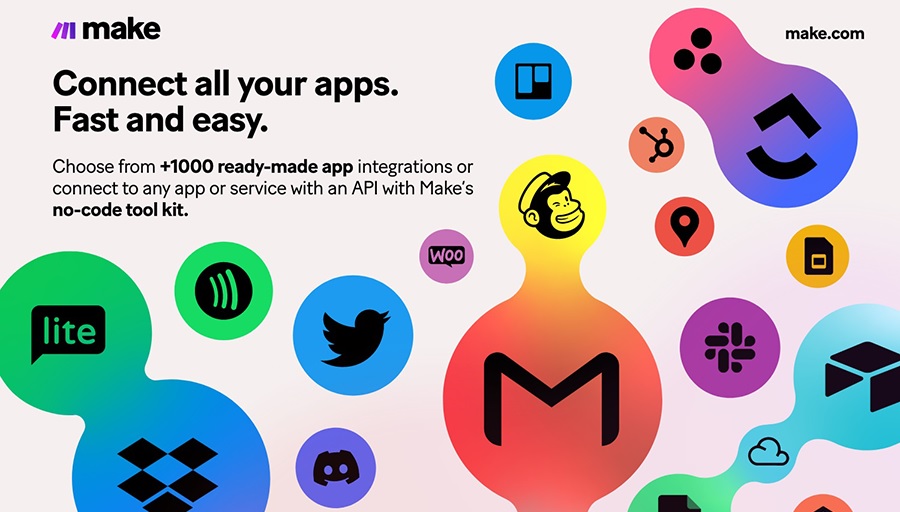
Imagine a workplace where routine tasks handle themselves, systems communicate seamlessly, and decisions are executed without constant human intervention. That is the promise of fully autonomous workflows powered by artificial intelligence. While we are not quite there yet, the road to autonomy is being paved today with smart agents, automated processes, and machine learning models that reduce complexity and increase efficiency. The question is not if we will arrive at full autonomy, but how soon and in what form.
Contents
What Does an Autonomous Workflow Mean?
A workflow is simply the series of steps needed to complete a task or process. In the past, these steps were managed entirely by humans. Later, automation tools allowed certain repetitive actions to be scripted or programmed. An autonomous workflow takes this one step further by enabling AI agents to not only execute tasks, but also analyze conditions, adapt to changes, and decide the best course of action without waiting for human approval.
For example, in customer support, a traditional automation might route tickets to available agents. An autonomous workflow, on the other hand, could analyze the problem, generate a personalized response, escalate only when necessary, and even update system records – all without human intervention.
The Building Blocks of Autonomous Workflows
AI Agents
AI agents are the brains behind autonomous workflows. They are capable of reasoning, analyzing, and making choices based on predefined goals. Unlike simple automation scripts, agents adapt as circumstances shift, which is essential in dynamic business environments.
Machine Learning Models
Autonomous workflows rely heavily on machine learning. By learning from past data, these models can predict outcomes, recommend actions, and continuously improve accuracy. For instance, predictive maintenance models can anticipate when equipment will fail, triggering autonomous workflows that schedule repairs before problems occur.
System Integrations
No workflow exists in isolation. Autonomous systems must connect to existing databases, communication platforms, and business applications. Seamless integration ensures that data flows freely between systems, allowing AI agents to act on the most accurate and current information.
Feedback Loops
A hallmark of autonomous workflows is their ability to learn and self-correct. Feedback loops enable agents to monitor their actions, evaluate outcomes, and refine processes over time. This continuous improvement cycle mimics how humans gain expertise, but at a much faster pace.
Benefits of Fully Autonomous Workflows
- Efficiency: Tasks are executed faster and with fewer errors compared to manual processes.
- Cost Savings: Automation reduces the need for repetitive human labor, freeing resources for higher-value activities.
- Scalability: Workflows can handle increased demand without requiring proportional increases in staffing.
- Consistency: Processes are performed in the same reliable way every time.
- Innovation: With routine tasks automated, teams can focus on strategy, creativity, and growth initiatives.
Challenges on the Road to Autonomy
Complex Decision-Making
Not all workflows are simple enough to automate fully. Complex, ambiguous decisions often require human judgment. While AI is advancing, reaching the level of nuance that humans bring to decision-making remains a challenge.
Data Quality
Autonomous workflows are only as good as the data feeding them. Inaccurate or incomplete data can lead to poor decisions. Ensuring clean, reliable data pipelines is critical before handing control over to AI agents.
Trust and Oversight
Handing over control to machines requires trust. Many organizations are hesitant to give AI complete authority without human checks in place. A balance between autonomy and oversight will be necessary in the near term.
Ethical Considerations
Autonomous systems raise ethical concerns, especially when decisions affect people’s lives. For instance, in hiring, lending, or healthcare, unchecked automation can perpetuate biases. Safeguards must be implemented to ensure fairness and accountability.
Industries Leading the Way
Manufacturing
Factories are increasingly adopting autonomous workflows to streamline production. Machines can reorder supplies, adjust assembly lines, and even repair themselves based on predictive models.
Finance
In the financial sector, autonomous workflows power fraud detection and trading. AI agents analyze market conditions, execute trades, and block suspicious transactions in milliseconds, well before a human could react.
Healthcare
Autonomous workflows in healthcare assist with patient monitoring, diagnosis suggestions, and scheduling. For example, AI agents can flag irregularities in patient data and schedule follow-ups without staff intervention.
IT Operations
IT departments use autonomous workflows for cybersecurity, server maintenance, and user support. Agents can identify threats, deploy patches, and resolve routine tickets without human action.
The Future of Fully Autonomous Workflows
The next stage of autonomy will see workflows not only executing tasks but collaborating across systems to achieve broader organizational goals. Picture a supply chain workflow that not only manages shipping but also coordinates with marketing, finance, and customer service to optimize the entire business operation in real time.
As technology evolves, the line between human-led and AI-led work will continue to blur. In many cases, AI agents will act as co-workers rather than mere tools, taking over the routine decisions and leaving humans to handle creativity, leadership, and empathy-driven tasks.
The road to fully autonomous workflows is not without challenges, but the progress so far is undeniable. Businesses that embrace autonomy stand to gain efficiency, scalability, and resilience. Those that hesitate may find themselves outpaced by competitors who let AI handle the heavy lifting. The future of work is not about replacing humans, but about building a symbiotic relationship where AI handles complexity, and humans focus on vision and innovation.

